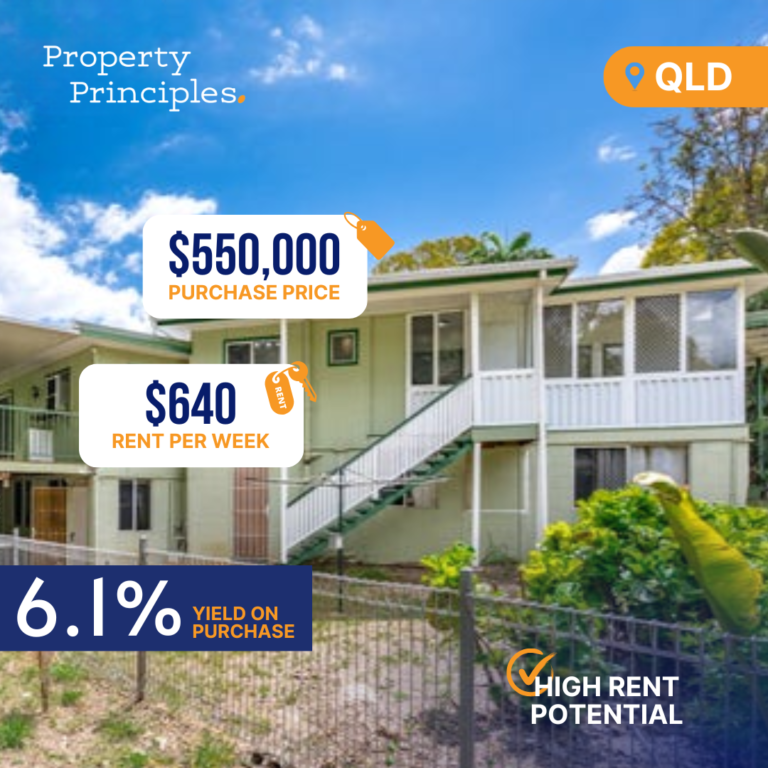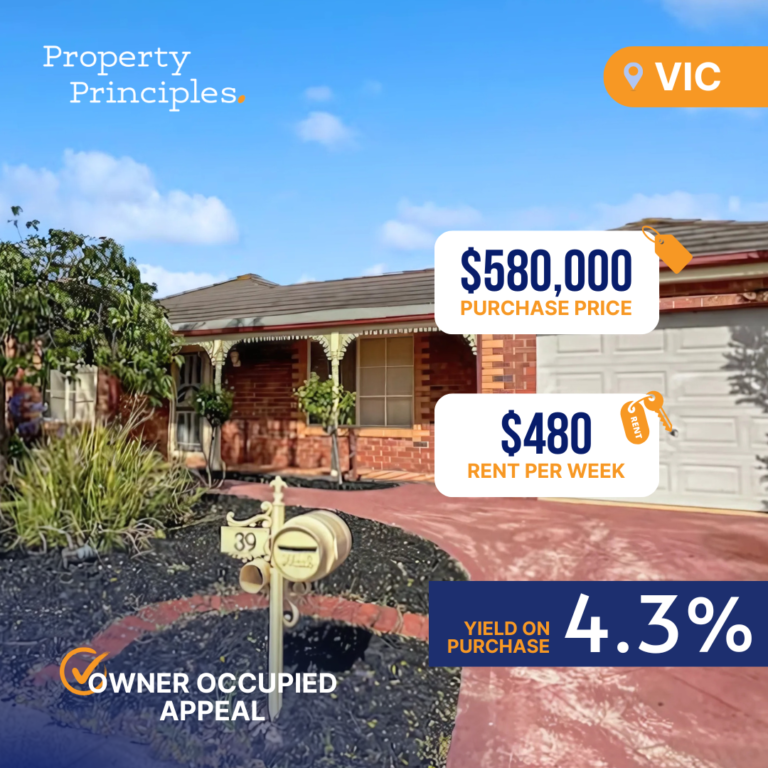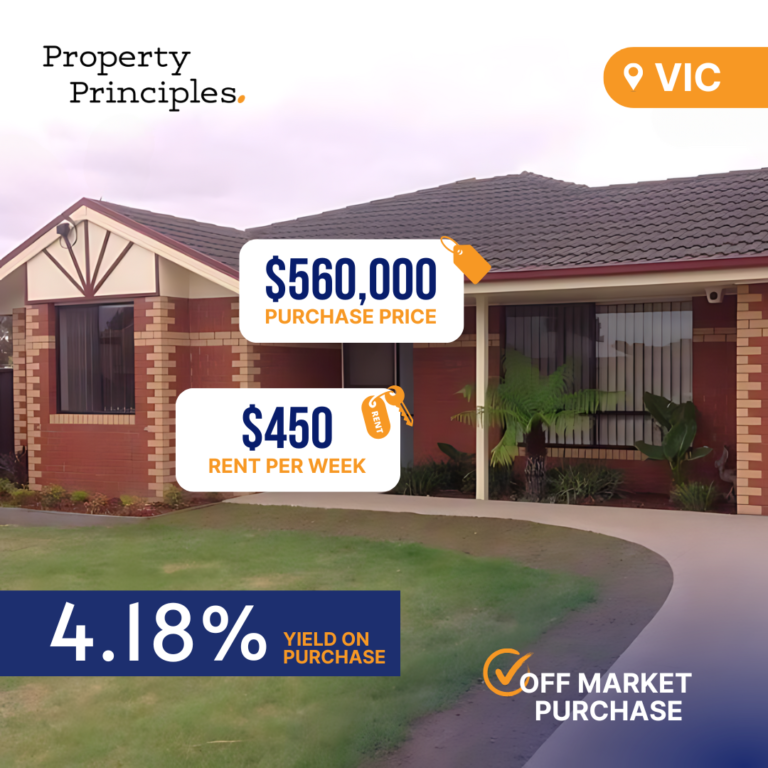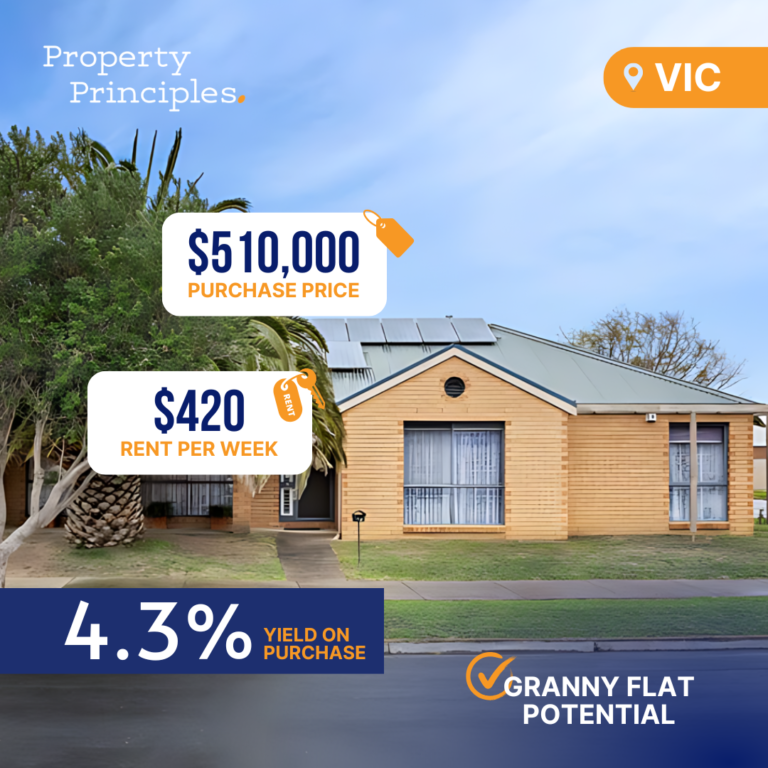The impact of migration on rental markets cannot be understated, with high levels of migration often leaving significant imprints on housing demand, prices, and rents. The perfect example of this phenomenon was in 2020 when fewer overseas individuals migrated to Australia and rental properties became more readily available. In fact, landlords had to lower their rent prices to attract tenants, ultimately benefiting those seeking rentals in the inner cities.
Data from PropTrack suggests that the low demand for rentals was short-lived, as overseas rental searches soared by 65% between 2021 and 2022 once the Australian borders reopened. Additionally, searches for buying property rose by 10% year-on-year. It’s important to note that over 70% of new migrants are renters, indicating that rental markets are particularly sensitive to migration trends.
Karen Dellow, a Senior Audience Analyst at PropTrack, highlights how property searches can serve as reliable indicators for future demand and migration patterns. In 2022, Australia’s population grew quite dramatically – by 496,800 people, marking the highest increase in 15 years. A significant portion (78%) of this growth stemmed from overseas migration, many of whom were international students.
As rental searches increased, the largest year-on-year spikes in migration came from New Zealand, China, and the UK. Interestingly enough, these countries also proved to be the top sources for rental searches. The return of Chinese students contributed heavily to the spike in rental searches, with volumes increasing by 58%. In comparison, arrivals from the country increased by 19% in April and were 800% higher compared to the same time last year.
Dellow emphasizes that while overseas arrivals have indeed skyrocketed since the borders reopened, they have yet to reach pre-pandemic levels. Over the next five years, Australia is expected to welcome over 1.4 million overseas migrants. This surge in migration will certainly add to the pool of renters, putting further pressure on the rental market. The national rental vacancy rate currently stands at a meager 1.4%, which is 12% lower than last year and almost half of what it was prior to the pandemic. Moreover, available rental listings are 30% lower than they were previously.
It’s clear that migration plays a significant role in maintaining the health and vitality of Australia’s economy. As the number of migrants and renters increases, it’s essential that more properties are constructed to accommodate this growing population. For now, the data suggests that the rental market will continue to be impacted by migration trends, with demand potentially soaring as more individuals choose Australia as their new home.












